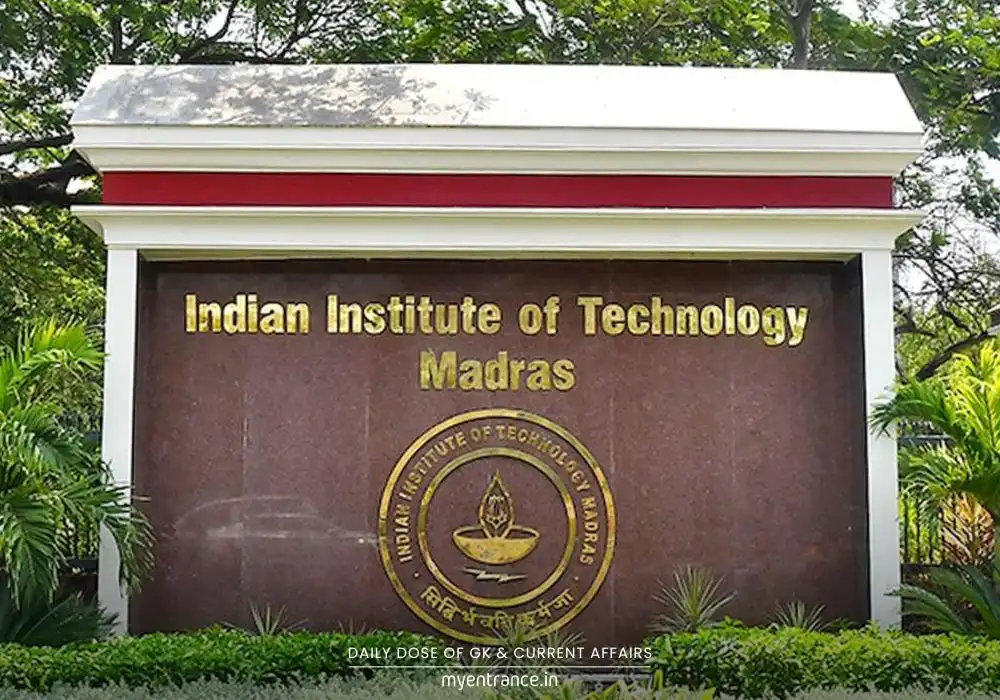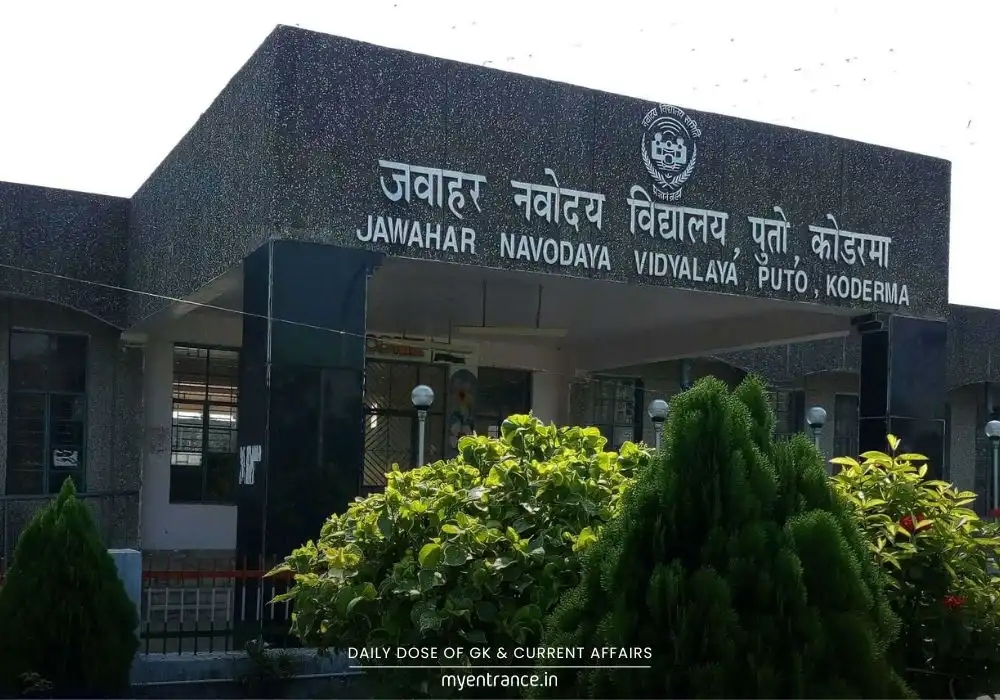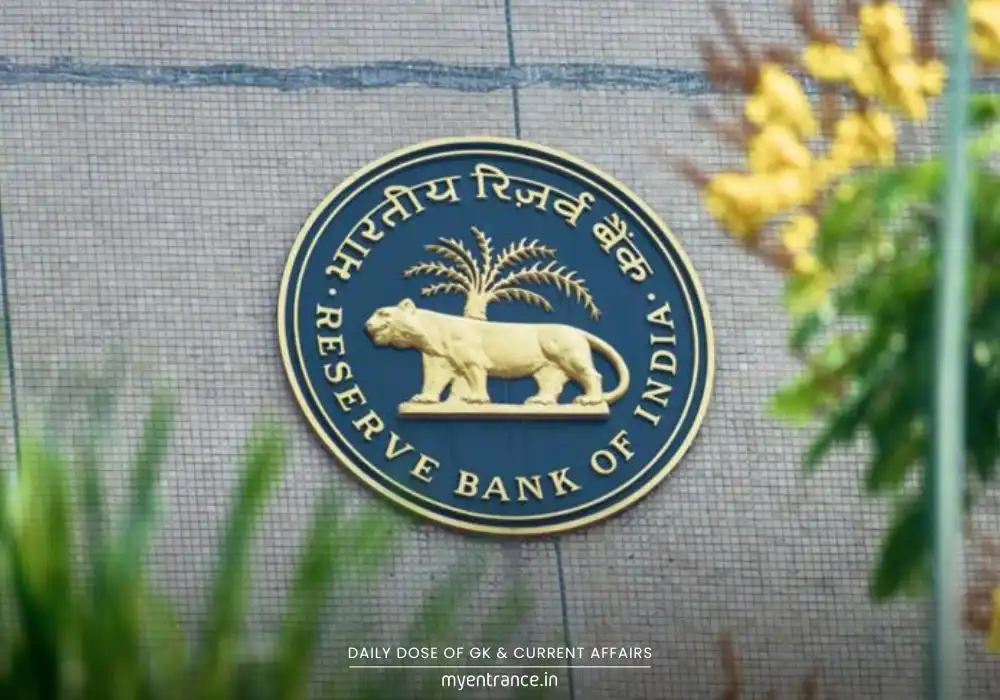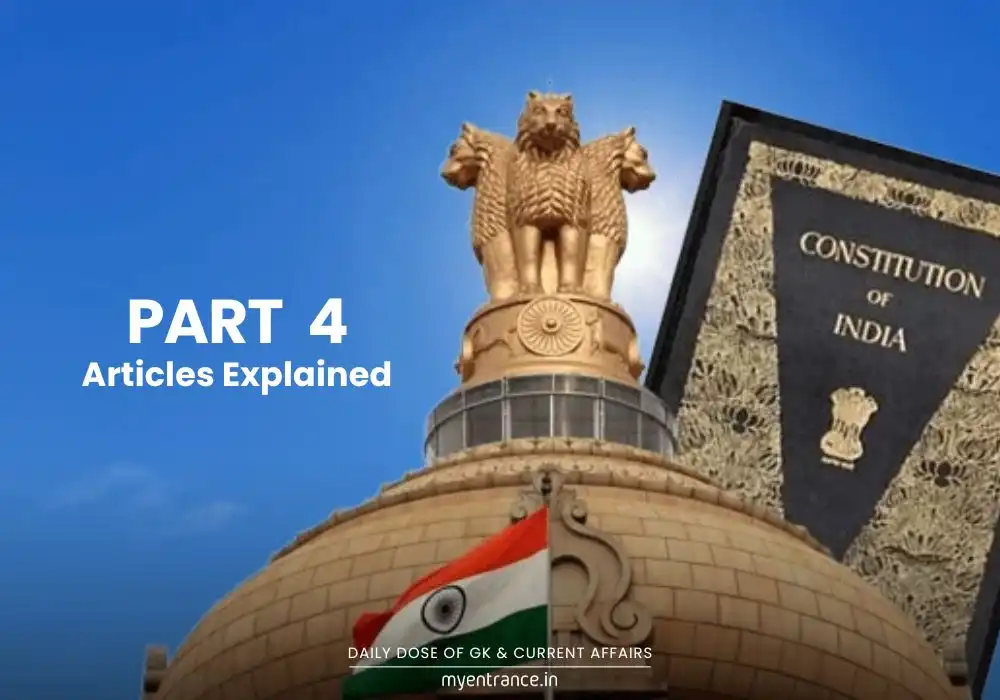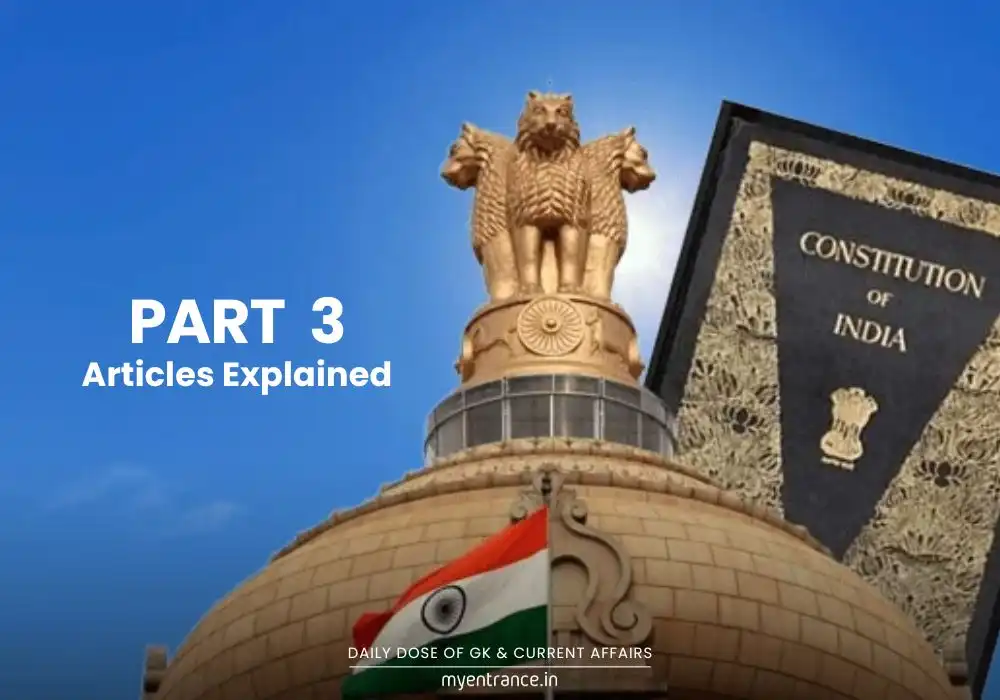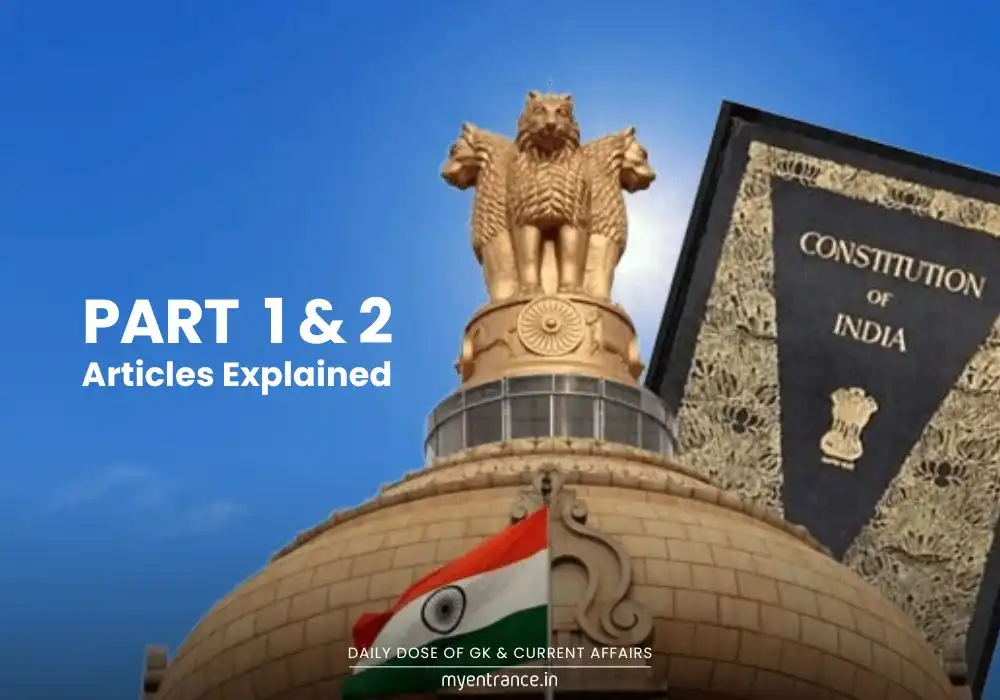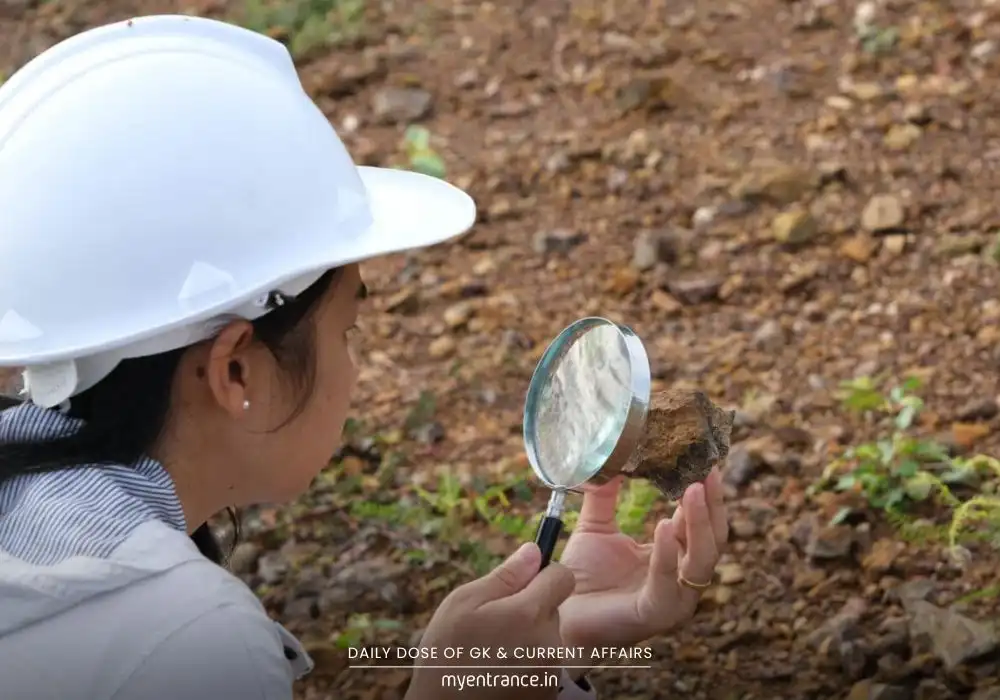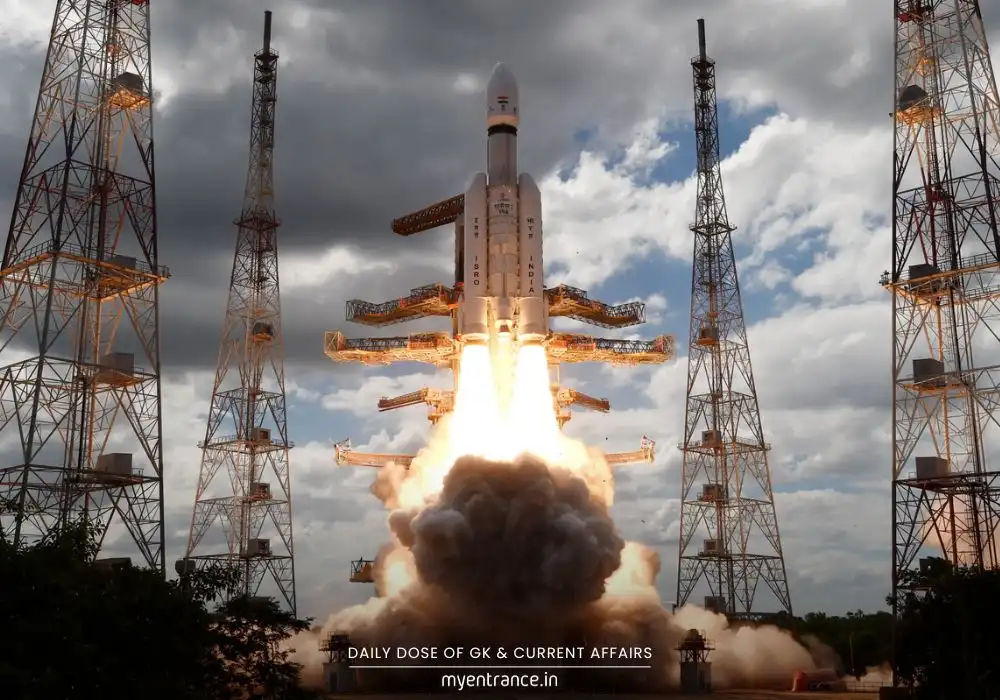Translate Language
Why Did the Massive 8.8 Magnitude Earthquake Strike Russia?
On July 30, 2025, a catastrophic 8.8 magnitude earthquake struck Russia’s Kamchatka Peninsula, triggering tsunami alerts across the Pacific. This seismic event, one of the strongest in decades, was caused by the collision of tectonic plates along the Pacific Ring of Fire. For competitive exams, grasping the science behind such disasters is essential for geography and current affairs preparation.
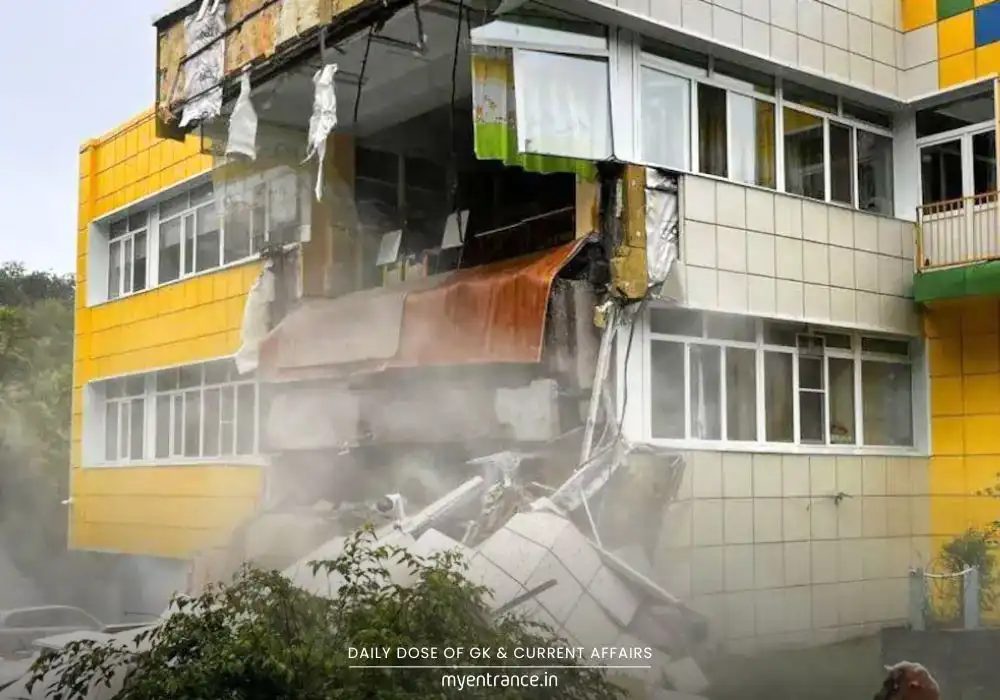
What Caused the Kamchatka Earthquake? Key Reasons Explained
1. Collision of Tectonic Plates
The earthquake resulted from shallow reverse faulting along the subduction zone where the Pacific Plate slides beneath the Okhotsk Plate. This constant pressure buildup over centuries was released violently, causing the ground to rupture.
2. Location on the Pacific Ring of Fire
Kamchatka lies on the Pacific Ring of Fire, a hotspot for earthquakes and volcanic activity. Nearly 75% of the world’s largest quakes occur here due to intense tectonic movements.
3. Foreshocks Warned of Impending Disaster
Days before the main quake, smaller tremors (up to 7.4 magnitude) were recorded—clear foreshocks indicating escalating crustal stress. Seismologists now study these patterns for better predictions.
4. Shallow Depth Amplified Destruction
With a depth of just 19 km, the quake’s energy reached the surface with devastating force, affecting a 390 km rupture zone. Shallow earthquakes cause stronger shaking and greater damage.
Why Is This Important for Competitive Exams?
Geography (UPSC/SSC/PSC): Questions on tectonic plates, subduction zones, and the Ring of Fire are common.
Disaster Management (KAS/UPSC): Case studies on earthquakes and tsunamis aid in answering policy-based questions.
Current Affairs (All Exams): Major natural disasters often feature in prelims and mains.
Questions & Answers on Russia’s Kamchatka Earthquake
Q1: Which tectonic plates caused the 2025 Kamchatka earthquake?
A: Pacific Plate and Okhotsk Plate.
Q2: Why is the Pacific Ring of Fire prone to earthquakes?
A: It’s a convergence zone for multiple tectonic plates, leading to frequent subduction and seismic activity.
Q3: What was the magnitude of the Kamchatka earthquake?
A: Between 8.6 and 8.8, making it one of the strongest recorded.
Q4: How do foreshocks help in earthquake prediction?
A: They indicate increasing stress in the Earth’s crust, serving as early warnings for larger quakes.
Q5: Why did the shallow depth worsen the earthquake’s impact?
A: Less energy was absorbed by the Earth’s layers, resulting in stronger surface shaking and destruction.
For aspirants preparing for UPSC, SSC, PSC, or state-level exams, understanding the Kamchatka earthquake reinforces key concepts in physical geography and disaster management. Stay updated with such events to tackle both objective and descriptive questions effectively.
Need more exam-focused breakdowns? Explore myentrance.in for mock tests, study guides, and expert tips!
Get 3 Months Free Access for SSC, PSC, NIFT & NID
Boost your exam prep!
Use offer code WELCOME28 to get 3 months free subscription. Start preparing today!


